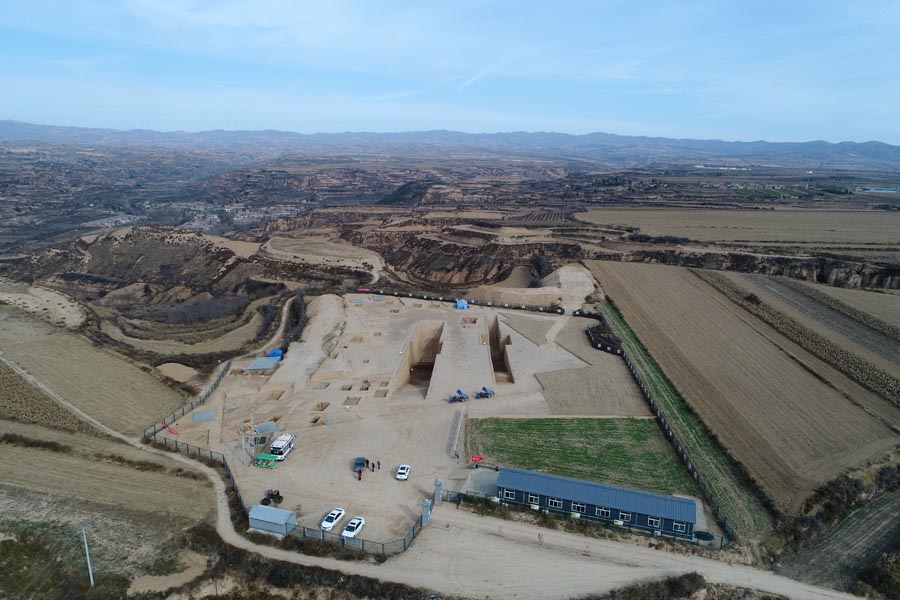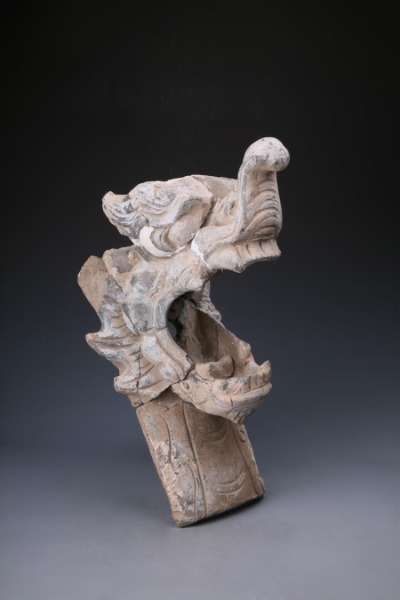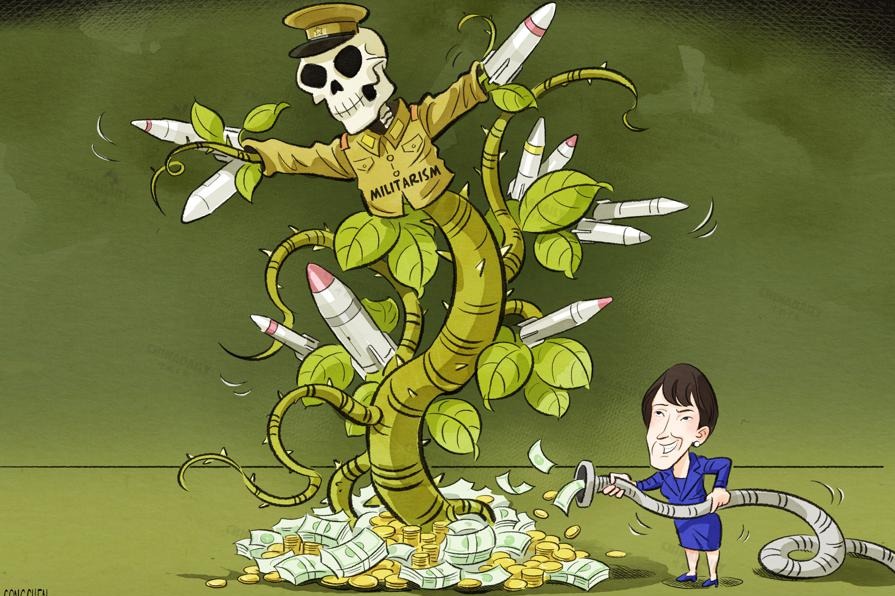Archaeology's best new finds shape history
By Wang Kaihao | China Daily | Updated: 2019-03-30 02:02

In Zhangjiagang, Jiangsu province, evidence was found of a flourishing port from the Tang Dynasty (618-907). Temple remains there have led archaeologists to suspect it was where Chinese monk Jianzhen set off on his sixth voyage to propagate Buddhism in Japan.
The Top 10 award is considered the country's most prestigious recognition of archaeological achievement. The first such awards were bestowed in 1990, and the event has been held annually since then.
"It will greatly improve the public's consciousness of the need for protection of these sites," said Li Boqian, a professor at Peking University and a leading expert on the judges' panel.
He said that at one of the locations — Jiuwutou site in Shanxi province — four out of five major tombs containing exquisite bronze ware from the Shang Dynasty (c.16th to 11th century BC) were once hit by grave robbers.
In the past, many archaeological excavations in China were "passive", meaning they were either used to rescue relics from sites had been disturbed by thieves or to prepare areas for infrastructure construction, said Song Xinchao, deputy director of the National Cultural Heritage Administration.
However, he said archaeological work has become more "positive", as demonstrated by some entries on the list.

In Zhangjiakou, Hebei province, the ruins of an imperial city from the Jin Dynasty (1115-1234), was unearthed on the location of an Olympic village being built for the 2022 Winter Olympics.
The construction plan was adjusted for the discovery, and many protective measures have been taken on the site, Song said.
"The archaeological site will probably become a major attraction at the Olympic Village," Song said.
According to Wang Wei, head of the Society of Chinese Archaeology, the new discoveries showed that Chinese archaeologists' researching methods had also improved.
"We can see our archaeologists more often using approaches of the natural sciences and high-tech investigative measures," he said. "The public may place greater emphasis on what is unearthed, but it means even more for us to have new ideas and mindsets for studies."
























